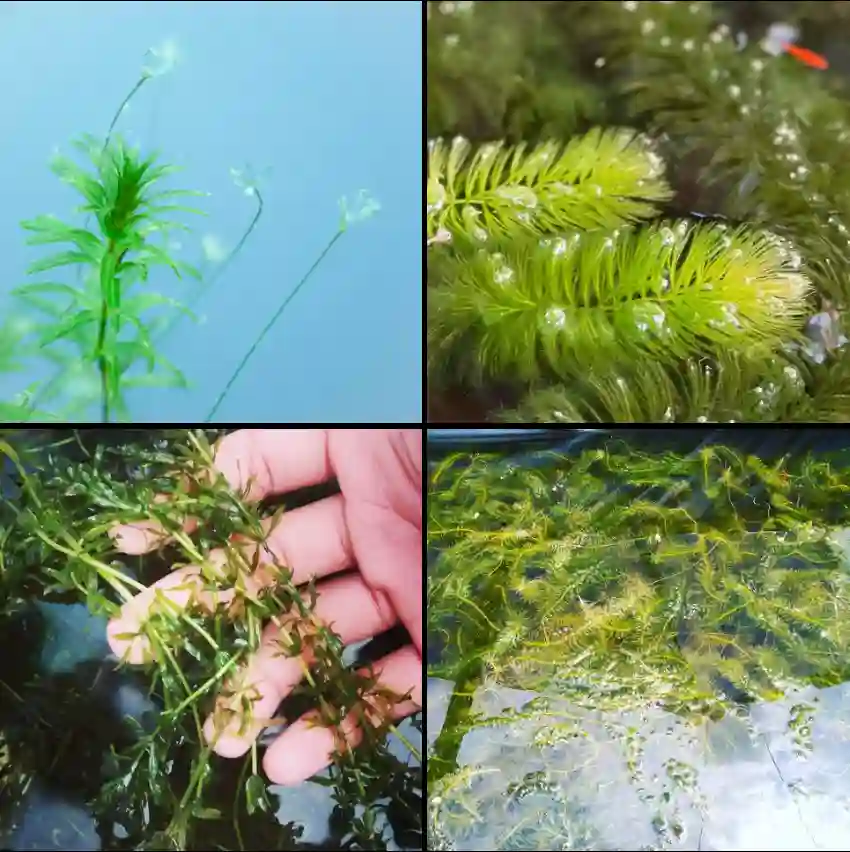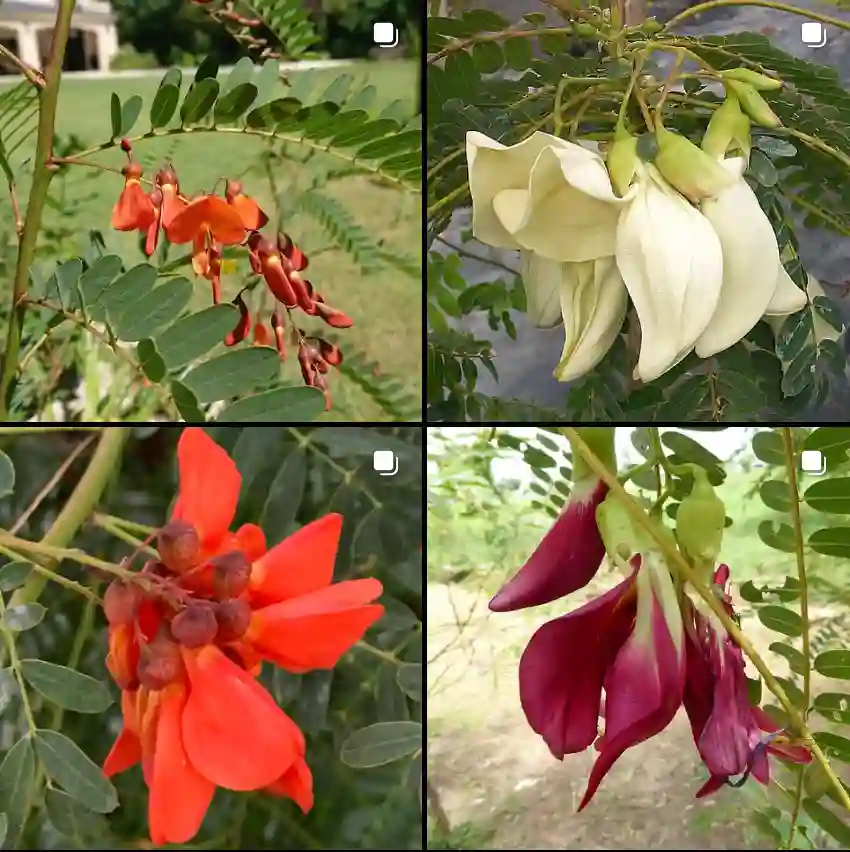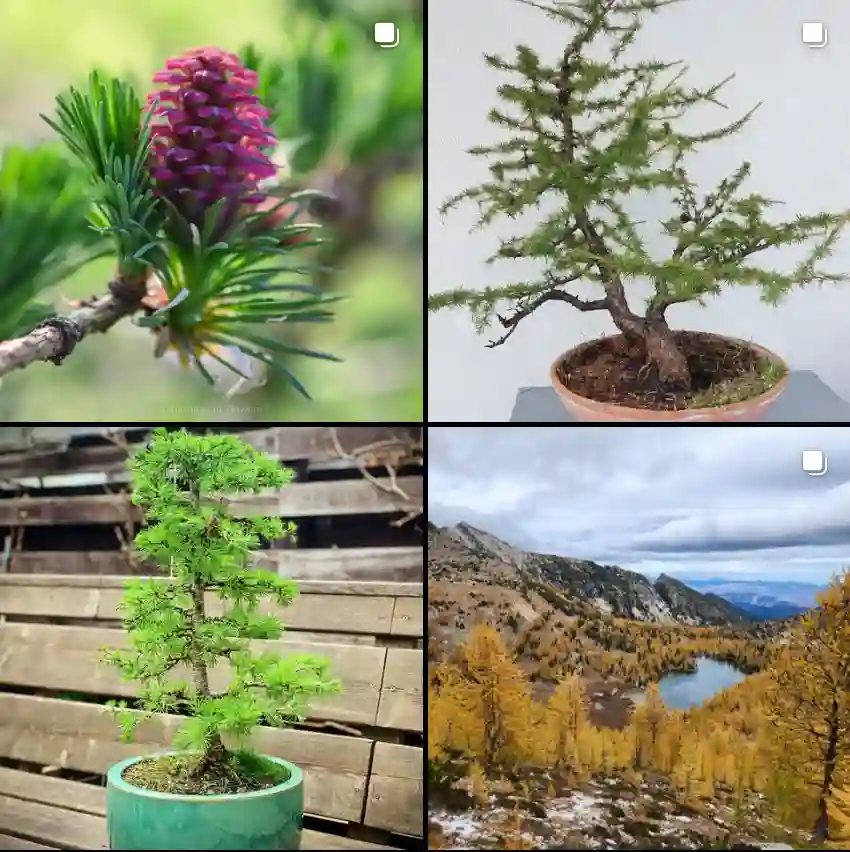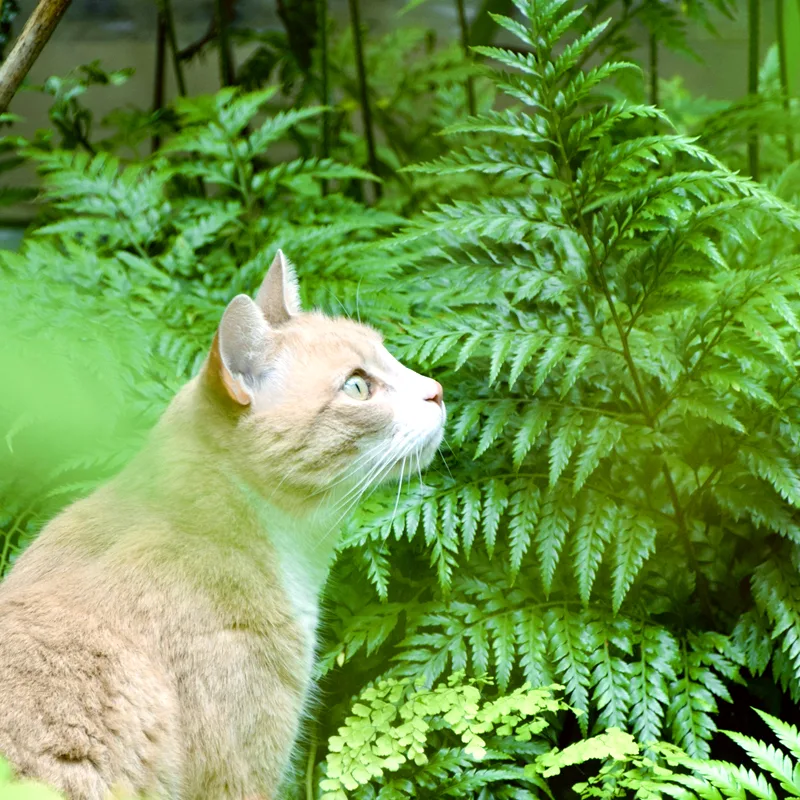An Encounter with the Rafflesiaceae Family: A Journey into the World’s Largest Flowers
As an avid naturalist and plant enthusiast, I, Ferb Vu, have always been fascinated by the strange and wonderful world of parasitic plants. Among these, the Rafflesiaceae family stands out as one of the most intriguing and captivating groups. With its bizarre morphology, unique reproductive strategies, and ecological significance, this family of plants never ceases to amaze me. In this article, I’ll share my personal experiences and insights into the fascinating world of the Rafflesiaceae.
The Rafflesiaceae: A Family of Parasitic Plants
The Rafflesiaceae family is a group of holoparasitic plants, meaning they derive all of their nutrients and water from their host plants. They lack chlorophyll and true leaves, relying instead on specialized structures called haustoria to penetrate their host’s tissues. The most striking feature of this family is the enormous size of their flowers, with some species producing blooms that can reach over a meter in diameter! These gigantic flowers are often accompanied by a pungent odor, reminiscent of rotting flesh, which attracts carrion flies and other pollinators.
A Diverse and Widespread Family
The Rafflesiaceae family comprises several genera, each with its unique characteristics and distribution:
- Rafflesia: This genus is famous for its colossal flowers, including the iconic Rafflesia arnoldii, the world’s largest single flower. – 42 Species in Genus Rafflesia
- Rhizanthes: These plants are known for their underground flowers, which emerge from the forest floor and emit a foul odor to attract pollinators.
- Sapria: This genus features beautiful, brightly colored flowers that contrast sharply with the surrounding vegetation.
The Rafflesiaceae family is primarily found in the tropical rainforests of Southeast Asia, with some species also occurring in Madagascar and South America. These plants play a vital role in their ecosystems, serving as food sources for various insects and animals and contributing to the overall biodiversity of their habitats.
The Challenges of Conservation
Despite their ecological importance, many members of the Rafflesiaceae family are facing threats due to habitat loss, deforestation, and illegal collection. As these plants are highly specialized and dependent on their host plants, they are particularly vulnerable to disturbances in their environment. Conservation efforts are crucial to ensure the survival of these fascinating plants for future generations to appreciate.
My Personal Encounters with the Rafflesiaceae
Over the years, I’ve had the privilege of encountering several members of the Rafflesiaceae family in their natural habitats. Each encounter has been a unique and unforgettable experience, filled with wonder and awe. From witnessing the blooming of a giant Rafflesia flower to observing the intricate details of a Rhizanthes inflorescence, these moments have deepened my appreciation for the beauty and complexity of these extraordinary plants.
The Rafflesiaceae: A Source of Inspiration
The Rafflesiaceae family serves as a constant source of inspiration for me, reminding me of the boundless creativity and resilience of nature. These plants challenge our preconceptions of what a flower can be and demonstrate the remarkable adaptations that have evolved in response to the challenges of their environment. As we continue to explore and understand the world around us, let us not forget the importance of preserving these unique and irreplaceable treasures for generations to come.
In conclusion, the Rafflesiaceae family is a testament to the wonders of the natural world. Their bizarre beauty, ecological significance, and evolutionary adaptations make them a truly captivating group of plants. As an admirer of nature, I urge everyone to take an interest in these fascinating organisms and support efforts to conserve their habitats. Let us all work together to ensure that future generations can also experience the awe and wonder of encountering these extraordinary plants in their natural environments.
If i die, water my plants!



